9-氨基-1,2,3,4-四氢吖啶,1,2,3,4-Tetrahydroacridin-9-amine,分析标准品,≥99%
产品编号:Bellancom-YE109365| CAS NO:321-64-2| 分子式:C13H14N2| 分子量:198.26
他克林是一种有效的乙酰胆碱酯酶(AChE)抑制剂(IC50=109 nM),也可作为CYP1A2底物药物。他克林在某些个体中表现出一定的肝毒性。他克林可用于研究阿尔茨海默病。
本网站销售的所有产品仅用于工业应用或者科学研究等非医疗目的,不可用于人类或动物的临床诊断或者治疗,非药用,非食用,
| 产品名称 | 9-氨基-1,2,3,4-四氢吖啶 | ||||||||||||||||
|---|---|---|---|---|---|---|---|---|---|---|---|---|---|---|---|---|---|
| 英文名称 | 1,2,3,4-Tetrahydroacridin-9-amine | ||||||||||||||||
| CAS编号 | 321-64-2 | ||||||||||||||||
| 产品描述 | 他克林是一种有效的乙酰胆碱酯酶(AChE)抑制剂(IC50=109 nM),也可作为CYP1A2底物药物。他克林在某些个体中表现出一定的肝毒性。他克林可用于研究阿尔茨海默病。 | ||||||||||||||||
| 产品熔点 | 283-284ºC | ||||||||||||||||
| 产品沸点 | 353.8±42.0 °C at 760 mmHg | ||||||||||||||||
| 产品密度 | 1.3±0.1 g/cm3 | ||||||||||||||||
| 产品闪点 | 167.8±27.9 °C | ||||||||||||||||
| 精确质量 | 198.115692 | ||||||||||||||||
| PSA | 38.91000 | ||||||||||||||||
| LogP | 1.78 | ||||||||||||||||
| 蒸气压 | 0.0±0.8 mmHg at 25°C | ||||||||||||||||
| 折射率 | 1.682 | ||||||||||||||||
| 溶解性数据 | In Vitro:
DMSO : ≥ 100 mg/mL (504.39 mM) * "≥" means soluble, but saturation unknown. 配制储备液
*
请根据产品在不同溶剂中的溶解度选择合适的溶剂配制储备液;一旦配成溶液,请分装保存,避免反复冻融造成的产品失效。 In Vivo:
请根据您的实验动物和给药方式选择适当的溶解方案。以下溶解方案都请先按照 In Vitro 方式配制澄清的储备液,再依次添加助溶剂:
——为保证实验结果的可靠性,澄清的储备液可以根据储存条件,适当保存;体内实验的工作液,建议您现用现配,当天使用;
以下溶剂前显示的百
| ||||||||||||||||
| 靶点 |
IC50: 109 nM (AChE) |
相关文档
化学品安全说明书(MSDS)
下载MSDS质检证书(COA)
相关产品
| 风险声明 (欧洲) | R25 |
|---|---|
| 海关编码 | 2933990090 |
Synonym:THA; Tacrine hydrochlorid Section 2 - COMPOSITION, INFORMATION ON INGREDIENTS
Risk Phrases: 25 Section 3 - HAZARDS IDENTIFICATION EMERGENCY OVERVIEW
Toxic if swallowed.The toxicological properties of this material have not been fully investigated. Potential Health Effects Eye: May cause eye irritation. Skin: May cause skin irritation. Ingestion: Harmful if swallowed. Inhalation: May cause respiratory tract irritation. Chronic: No information found. Section 4 - FIRST AID MEASURES Eyes: Flush eyes with plenty of water for at least 15 minutes, occasionally lifting the upper and lower eyelids. Get medical aid. Skin: Get medical aid. Flush skin with plenty of water for at least 15 minutes while removing contaminated clothing and shoes. Ingestion: If victim is conscious and alert, give 2-4 cupfuls of milk or water. Get medical aid immediately. Wash mouth out with water. Inhalation: Remove from exposure and move to fresh air immediately. If not breathing, give artificial respiration. If breathing is difficult, give oxygen. Get medical aid. Notes to Physician: Section 5 - FIRE FIGHTING MEASURES General Information: As in any fire, wear a self-contained breathing apparatus in pressure-demand, MSHA/NIOSH (approved or equivalent), and full protective gear. Extinguishing Media: Use water spray, dry chemical, carbon dioxide, or chemical foam. Section 6 - ACCIDENTAL RELEASE MEASURES General Information: Use proper personal protective equipment as indicated in Section 8. Spills/Leaks: Vacuum or sweep up material and place into a suitable disposal container. Section 7 - HANDLING and STORAGE Handling: Wash thoroughly after handling. Remove contaminated clothing and wash before reuse. Use with adequate ventilation. Avoid contact with skin and eyes. Avoid ingestion and inhalation. Storage: Store in a cool, dry place. Store in a tightly closed container. Section 8 - EXPOSURE CONTROLS, PERSONAL PROTECTION Engineering Controls: Use adequate ventilation to keep airborne concentrations low. Exposure Limits CAS# 321-64-2: Personal Protective Equipment Eyes: Wear appropriate protective eyeglasses or chemical safety goggles as described by OSHA's eye and face protection regulations in 29 CFR 1910.133 or European Standard EN166. Skin: Wear appropriate protective gloves to prevent skin exposure. Clothing: Wear appropriate protective clothing to prevent skin exposure. Respirators: Follow the OSHA respirator regulations found in 29 CFR 1910.134 or European Standard EN 149. Use a NIOSH/MSHA or European Standard EN 149 approved respirator if exposure limits are exceeded or if irritation or other symptoms are experienced. Section 9 - PHYSICAL AND CHEMICAL PROPERTIES Physical State: Solid Color: white Odor: Not available. pH: Not available. Vapor Pressure: Not available. Viscosity: Not available. Boiling Point: Not available. Freezing/Melting Point: 283 - 284 deg C Autoignition Temperature: Not available. Flash Point: Not available. Explosion Limits, lower: Not available. Explosion Limits, upper: Not available. Decomposition Temperature: Solubility in water: soluble in water Specific Gravity/Density: Molecular Formula: C13H14N2.HCl.xH2O Molecular Weight: 234.72 Section 10 - STABILITY AND REACTIVITY Chemical Stability: Stable under normal temperatures and pressures. Conditions to Avoid: Incompatible materials. Incompatibilities with Other Materials: Strong oxidizing agents, acid chlorides, acid anhydrides. Hazardous Decomposition Products: Hydrogen chloride, nitrogen oxides, carbon monoxide, carbon dioxide. Hazardous Polymerization: Has not been reported. Section 11 - TOXICOLOGICAL INFORMATION RTECS#: CAS# 321-64-2: AR9532100 LD50/LC50: CAS# 321-64-2: Oral, mouse: LD50 = 39800 ug/kg; Oral, rat: LD50 = 70 mg/kg. Carcinogenicity: 9-Amino-1,2,3,4-tetrahydroacridine hydrochloride hydrate - Not listed by ACGIH, IARC, or NTP. Other: See actual entry in RTECS for complete information. Section 12 - ECOLOGICAL INFORMATION Section 13 - DISPOSAL CONSIDERATIONS Dispose of in a manner consistent with federal, state, and local regulations. Section 14 - TRANSPORT INFORMATION IATA Shipping Name: TOXIC SOLID, ORGANIC, N.O.S.* Hazard Class: 6.1 UN Number: 2811 Packing Group: III IMO Shipping Name: TOXIC SOLID, ORGANIC, N.O.S. Hazard Class: 6.1 UN Number: 2811 Packing Group: III RID/ADR Shipping Name: TOXIC SOLID, ORGANIC, N.O.S. Hazard Class: 6.1 UN Number: 2811 Packing group: III Section 15 - REGULATORY INFORMATION European/International Regulations European Labeling in Accordance with EC Directives Hazard Symbols: T Risk Phrases: R 25 Toxic if swallowed. Safety Phrases: S 28A After contact with skin, wash immediately with plenty of water. S 45 In case of accident or if you feel unwell, seek medical advice immediately (show the label where possible). WGK (Water Danger/Protection) CAS# 321-64-2: No information available. Canada None of the chemicals in this product are listed on the DSL/NDSL list. CAS# 321-64-2 is not listed on Canada's Ingredient Disclosure List. US FEDERAL TSCA CAS# 321-64-2 is not listed on the TSCA inventory. It is for research and development use only. SECTION 16 - ADDITIONAL INFORMATION N/A |
| 上游产品 10 | |
|---|---|
| 下游产品 6 | |




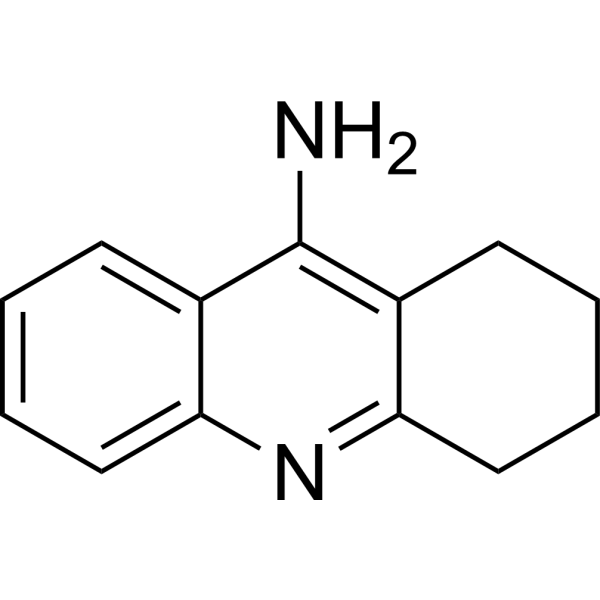
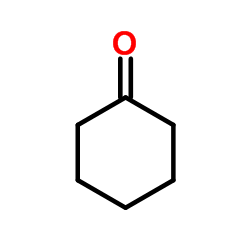
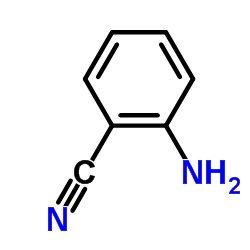
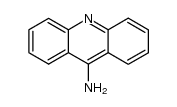

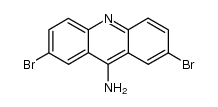
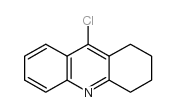
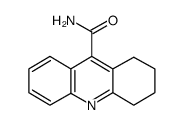
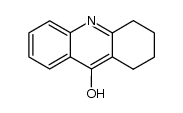
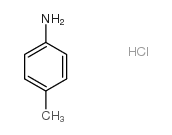
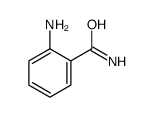
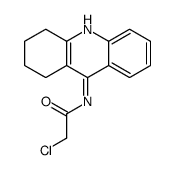
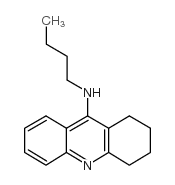
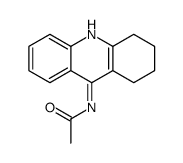
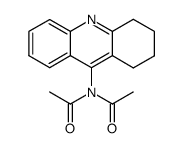
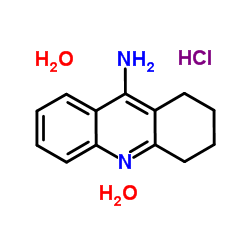





 浙公网安备 33010802013016号
浙公网安备 33010802013016号